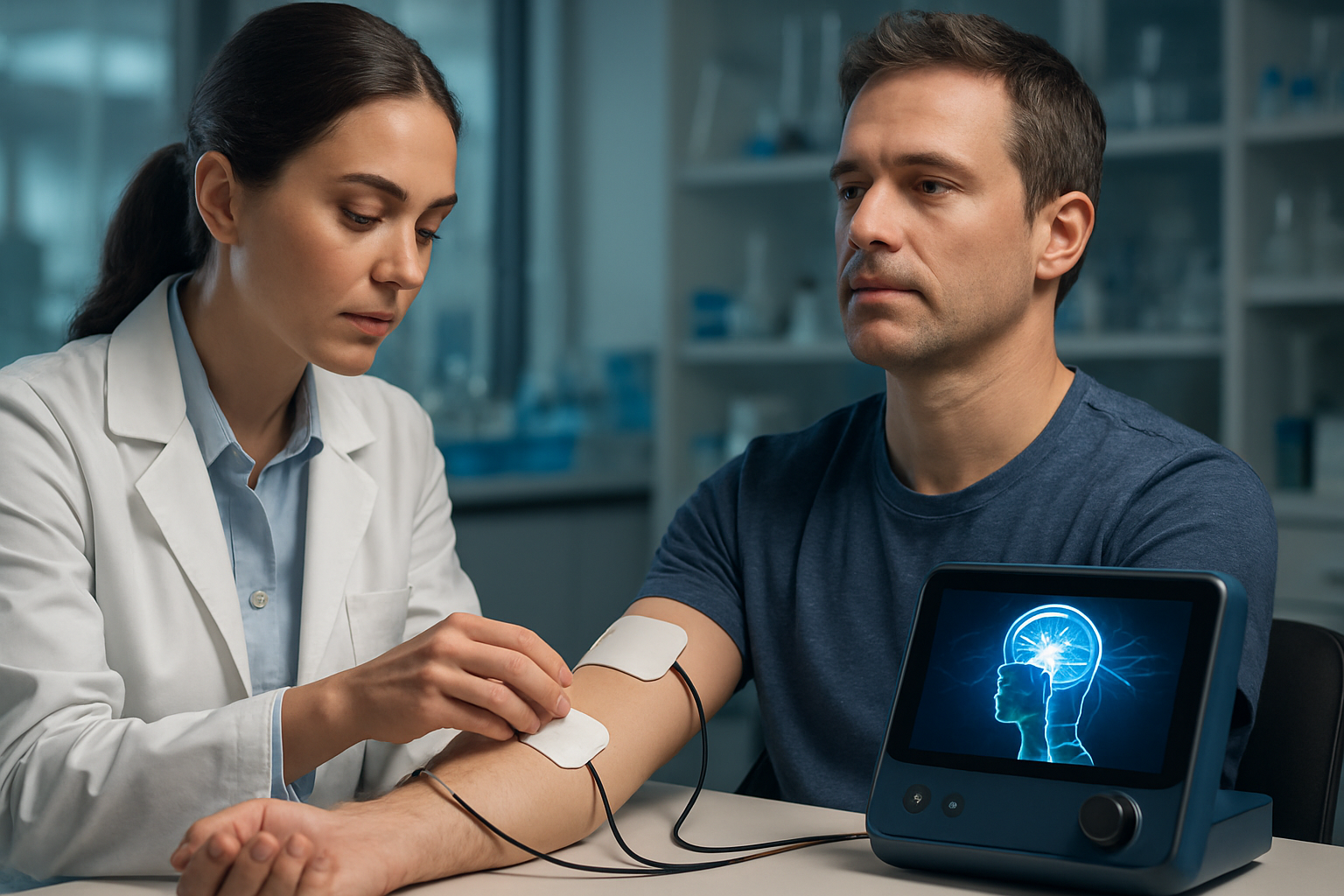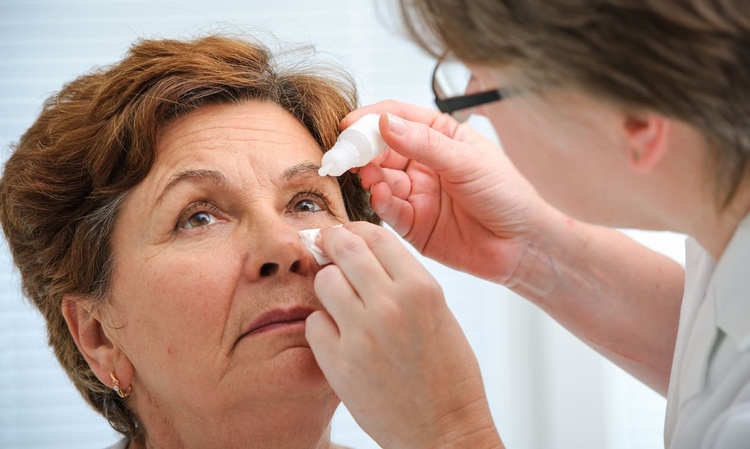Enhance IVF Success: Discover the Transformative Power of Oocyte Analysis for Fertility Treatments in 2025
In the journey to parenthood, enhancing IVF success is paramount. Discover the power of oocyte analysis! 🥚✨ By evaluating the quality of oocytes, fertility specialists can improve the chances of successful fertilization and embryo development. Advanced techniques like time-lapse imaging and genetic testing allow for a thorough assessment, ensuring that only the highest-quality eggs are selected for fertilization.

Understanding Oocyte Analysis in Modern Fertility Care
Oocyte analysis involves comprehensive evaluation of egg cells retrieved during IVF cycles. This process examines various characteristics of oocytes, including their morphology, maturation stage, and cellular integrity. Advanced microscopy techniques allow embryologists to assess the cumulus-corona complex, cytoplasm appearance, and zona pellucida thickness. These parameters provide valuable information about an oocyte’s developmental potential and likelihood of successful fertilization.
The analysis process typically occurs immediately after egg retrieval, when oocytes are examined under high-powered microscopes. Specialists look for specific markers that indicate healthy, viable eggs capable of supporting embryo development. This detailed assessment helps identify which oocytes have the highest probability of successful fertilization and subsequent embryo development.
The Role of Oocyte Quality in IVF Success Rates
Oocyte quality serves as a fundamental determinant of IVF outcomes, influencing fertilization rates, embryo development, and pregnancy success. High-quality oocytes contain properly organized cellular components, appropriate energy reserves, and intact genetic material necessary for supporting early embryonic development. Poor-quality oocytes may exhibit fragmented cytoplasm, abnormal organelle distribution, or chromosomal abnormalities that can compromise fertilization and embryo viability.
Research indicates that maternal age significantly impacts oocyte quality, with declining egg quality becoming more pronounced after age 35. However, chronological age doesn’t always correlate directly with oocyte quality, making individual assessment crucial. Advanced oocyte analysis techniques can identify high-quality eggs even in older patients, while also detecting quality issues in younger women that might otherwise go unnoticed.
Benefits of Oocyte Analysis in IVF Treatment Planning
Implementing oocyte analysis in IVF protocols offers numerous advantages for both patients and fertility specialists. This comprehensive evaluation enables personalized treatment approaches based on individual egg quality assessments. When analysis reveals high-quality oocytes, specialists can proceed with confidence using standard fertilization protocols. Conversely, identification of quality concerns allows for protocol modifications that may improve outcomes.
The analysis also helps optimize the number of embryos transferred, reducing risks associated with multiple pregnancies while maintaining high success rates. Additionally, oocyte analysis can inform decisions about cryopreservation timing, helping patients preserve their highest-quality eggs when fertility potential is at its peak. This information proves invaluable for women considering delayed childbearing or facing medical treatments that might compromise future fertility.
Advanced Options in Oocyte Analysis Technologies
Modern fertility clinics now offer sophisticated oocyte analysis techniques that provide unprecedented insights into egg quality. Time-lapse imaging systems allow continuous monitoring of oocyte development, revealing dynamic changes that static observation might miss. Polarized light microscopy enables non-invasive assessment of the meiotic spindle, a critical structure for proper chromosome segregation during fertilization.
Metabolic profiling represents another cutting-edge advancement, measuring glucose consumption and other metabolic markers that correlate with oocyte viability. Some facilities also employ artificial intelligence algorithms that analyze thousands of morphological parameters simultaneously, providing objective quality assessments that complement human expertise. These technological advances continue expanding the precision and reliability of oocyte evaluation.
IVF Success Tips Incorporating Oocyte Analysis Results
Maximizing IVF success requires integrating oocyte analysis findings into comprehensive treatment strategies. When analysis identifies high-quality oocytes, standard insemination protocols typically yield excellent results. However, oocytes showing quality concerns may benefit from intracytoplasmic sperm injection (ICSI) to overcome potential fertilization barriers.
Timing becomes crucial when working with analyzed oocytes, as optimal fertilization windows may vary based on maturation assessments. Some oocytes may require additional maturation time, while others achieve peak viability immediately after retrieval. Proper interpretation of analysis results allows specialists to coordinate fertilization timing with individual oocyte characteristics, ultimately improving success rates.
| Service Provider | Analysis Type | Estimated Cost Range |
|---|---|---|
| Major Fertility Centers | Comprehensive Morphological Analysis | $500 - $1,200 per cycle |
| Specialized Labs | Advanced Metabolic Profiling | $800 - $2,000 per cycle |
| Research Hospitals | AI-Enhanced Assessment | $1,000 - $2,500 per cycle |
| Standard IVF Clinics | Basic Oocyte Evaluation | $300 - $800 per cycle |
Prices, rates, or cost estimates mentioned in this article are based on the latest available information but may change over time. Independent research is advised before making financial decisions.
Future Perspectives in Oocyte Analysis Development
The field of oocyte analysis continues evolving rapidly, with emerging technologies promising even greater precision in quality assessment. Researchers are developing non-invasive genetic screening methods that could identify chromosomal abnormalities without compromising oocyte integrity. Advanced imaging techniques using fluorescent markers may soon provide real-time visualization of cellular processes critical for fertilization success.
Machine learning applications are being refined to recognize subtle quality indicators that human observation might overlook. These developments suggest that oocyte analysis will become increasingly sophisticated, offering fertility specialists unprecedented insights into egg quality and developmental potential.
Oocyte analysis represents a transformative advancement in fertility treatment, offering couples enhanced opportunities for IVF success. By providing detailed insights into egg quality, this technology enables personalized treatment approaches that maximize the likelihood of achieving healthy pregnancies. As analysis techniques continue advancing, the integration of comprehensive oocyte assessment into standard IVF protocols will likely become increasingly common, further improving outcomes for couples seeking fertility assistance.
This article is for informational purposes only and should not be considered medical advice. Please consult a qualified healthcare professional for personalized guidance and treatment.




